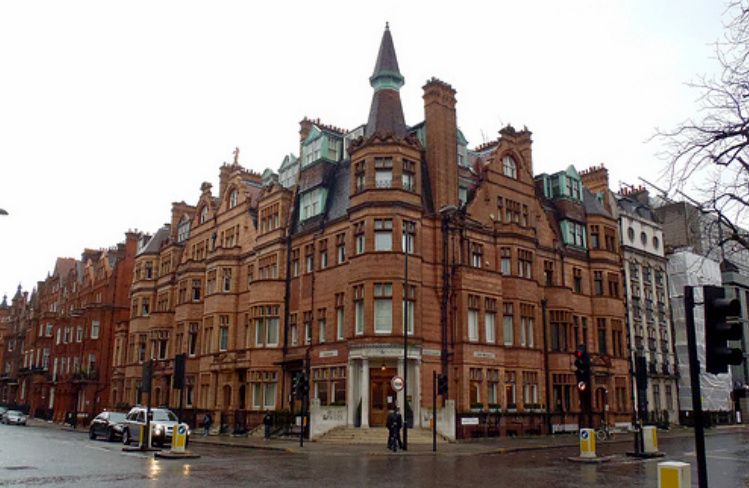thecharioteer
Senior Member
Toronto afforded the upper-middle class (even possibly middle class) goodies such as...TURRETS!!!
Don't think many middle-class Londoners were gett'n turrets.
Sure they were! (Pont Street, Kensington):


Toronto afforded the upper-middle class (even possibly middle class) goodies such as...TURRETS!!!
Don't think many middle-class Londoners were gett'n turrets.


Sure they were! (Pont Street, Kensington)
Who wants Yonge/Dundas to look like Bath?
Stephen Teeple, interviewed by JBM in the Globe in March:
Mays: The central task of architecture in the present moment, he believes, is to get on with the business of city-building. Asked for an example of who knew how to do so excellently, Mr. Teeple reached back in time before either modernism or romanticism, and came up with the Georgian designer John Wood the Younger, who fashioned the splendid residential terraces of Bath.
It’s an interesting moment, when there are so many possibilities for making a city.â€
Oh, the "Gothicized" comment was an attempt to classify the style of those two Toronto commercial rows that you posted pictures of. They're obviously not Regency but later.
Street trees don't have to use much space - no more than a planting bed. Here's an idea: instead of having the patios next to the buildings, have the street trees and patios in the same amenity strip area along the street edge. Something like this. That still leaves plenty of room for widened sidewalks.




